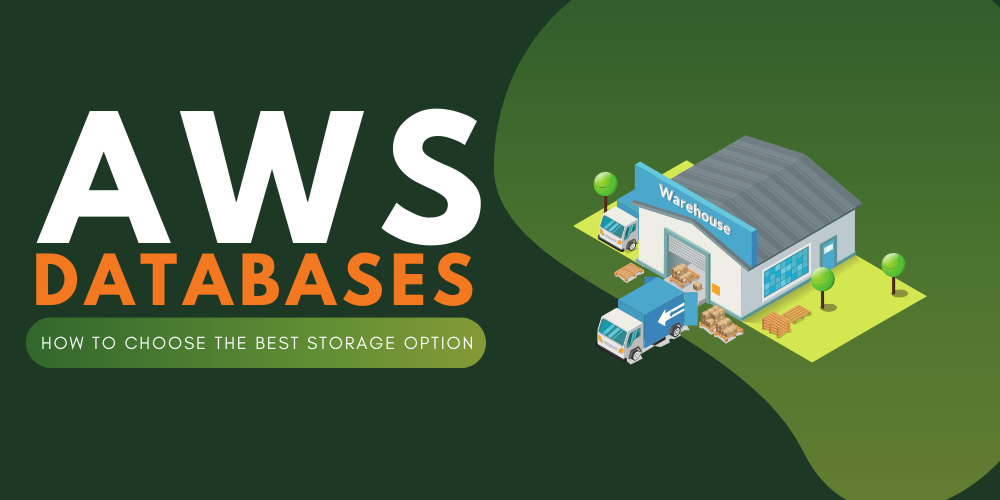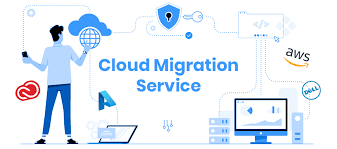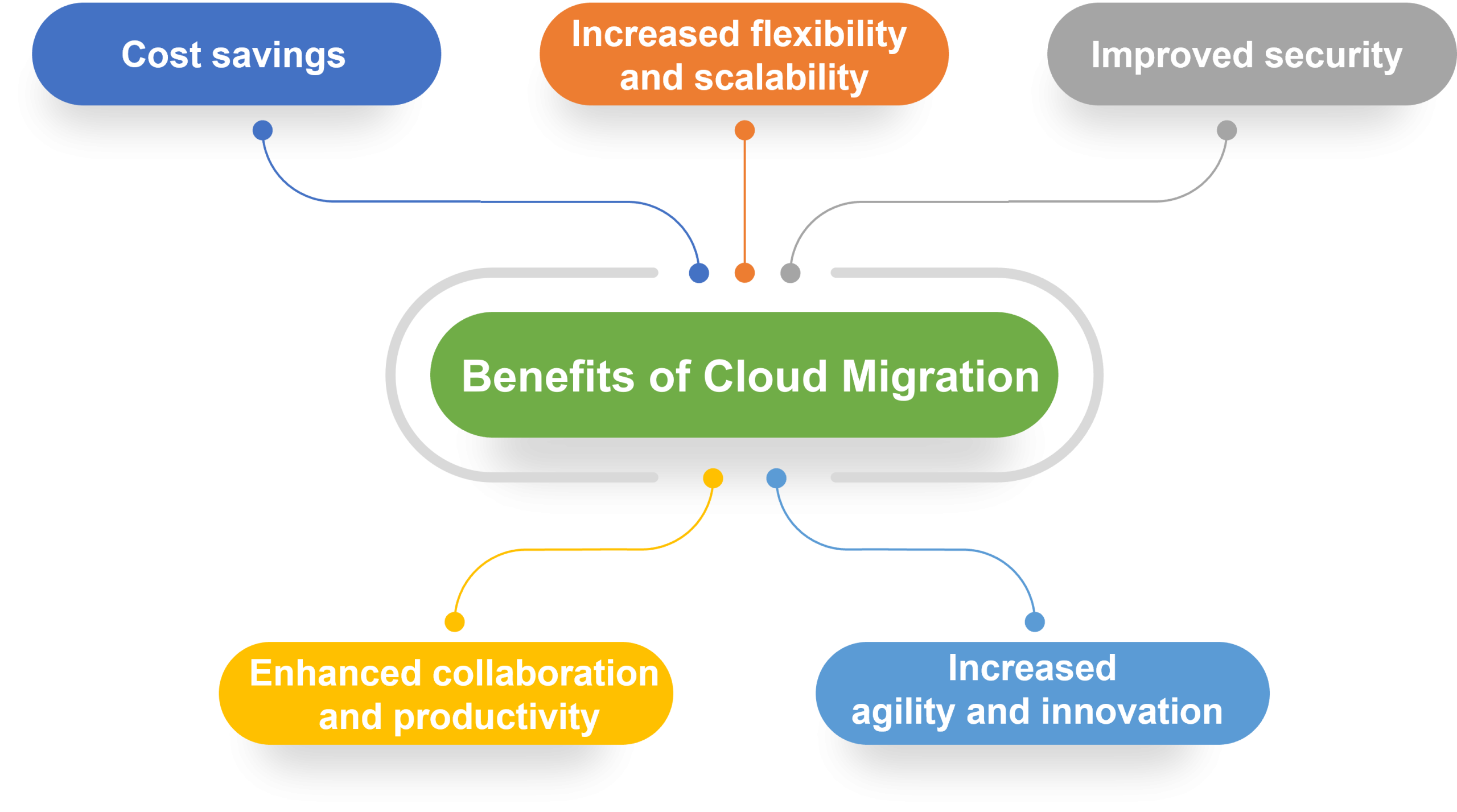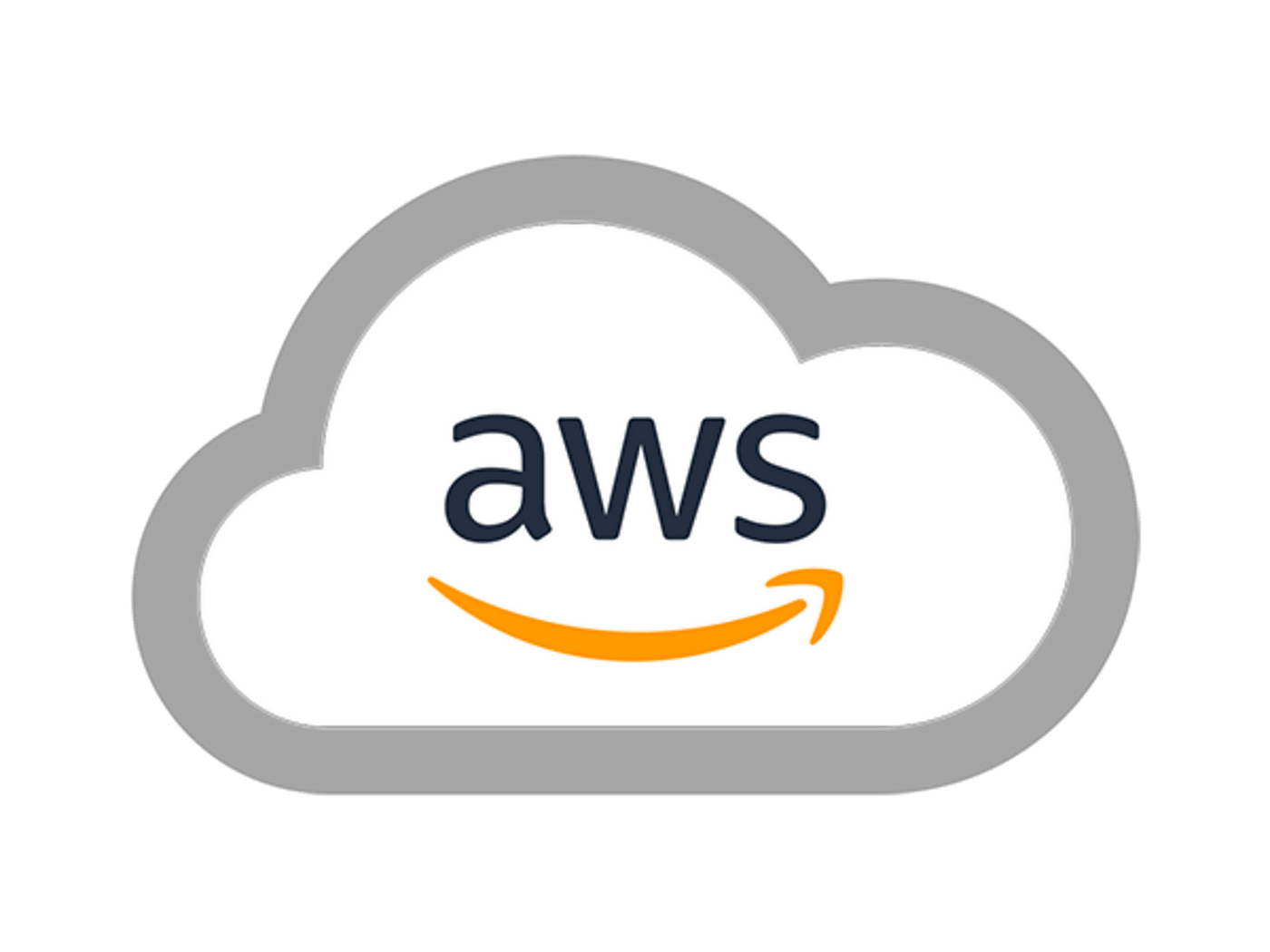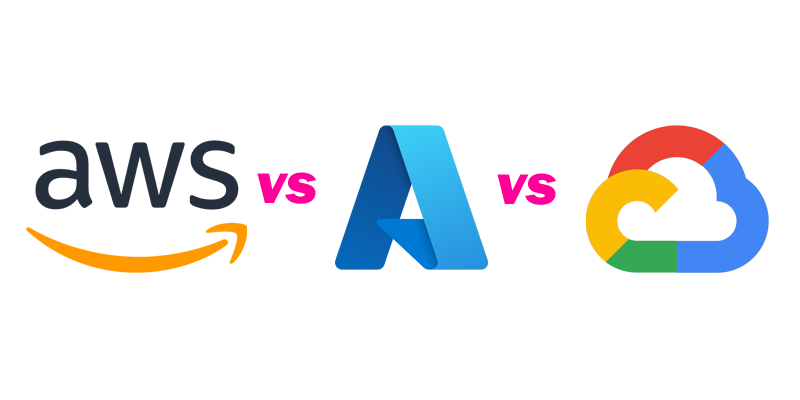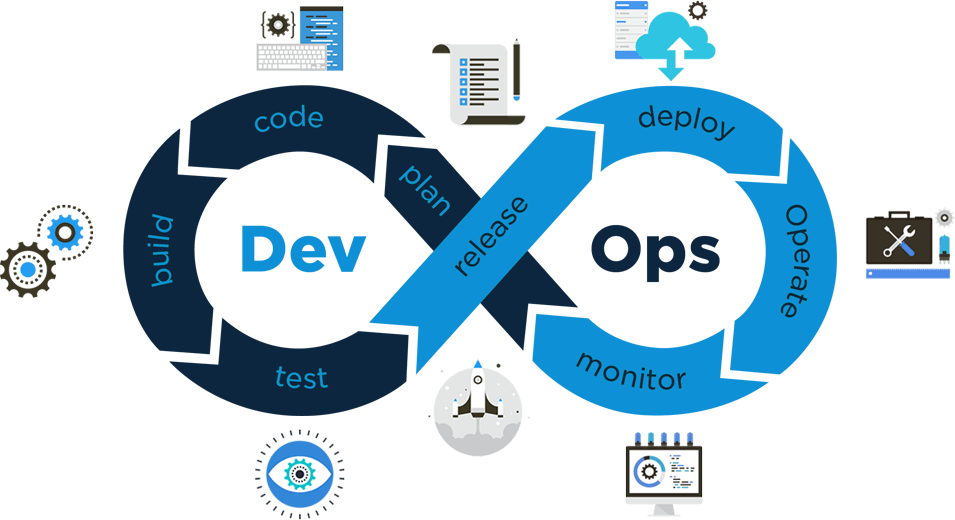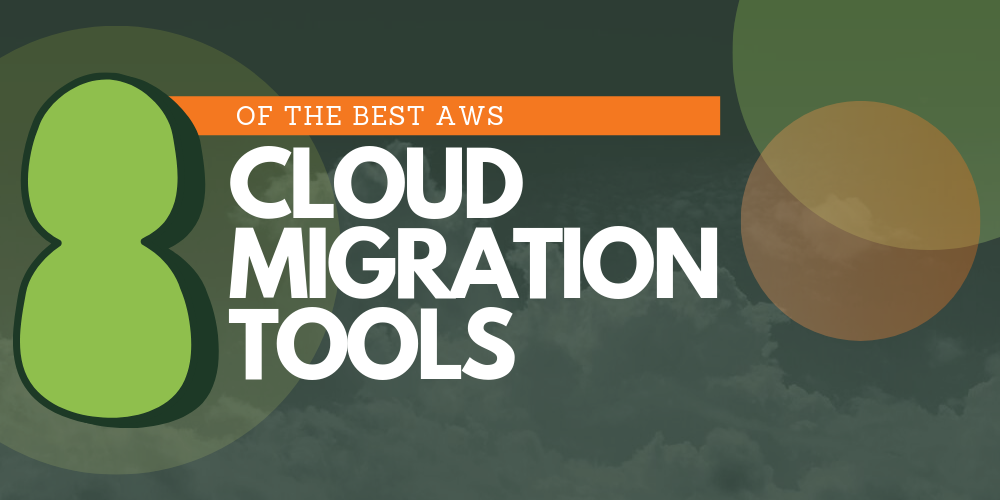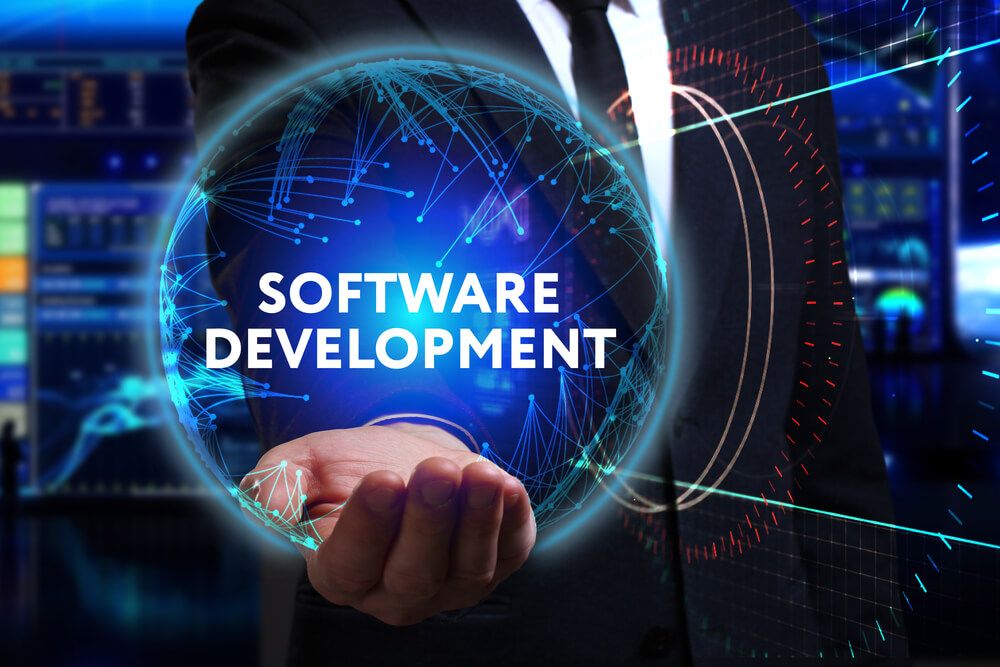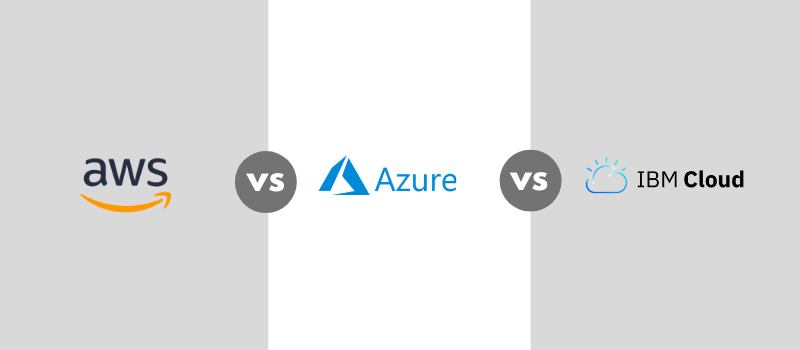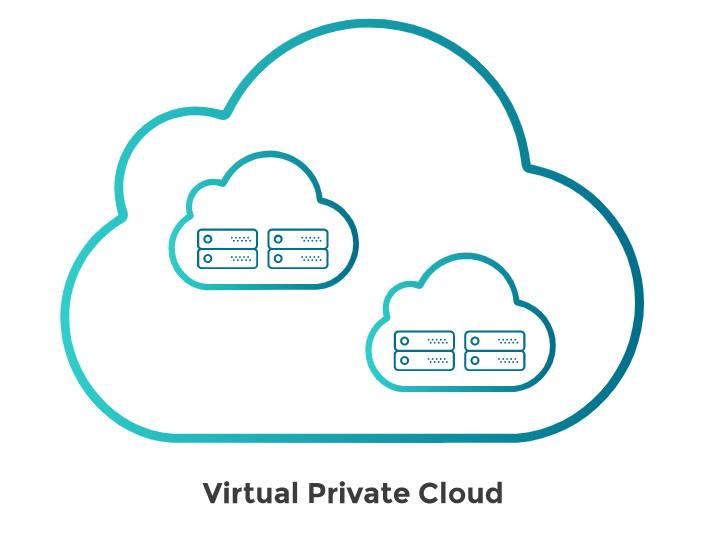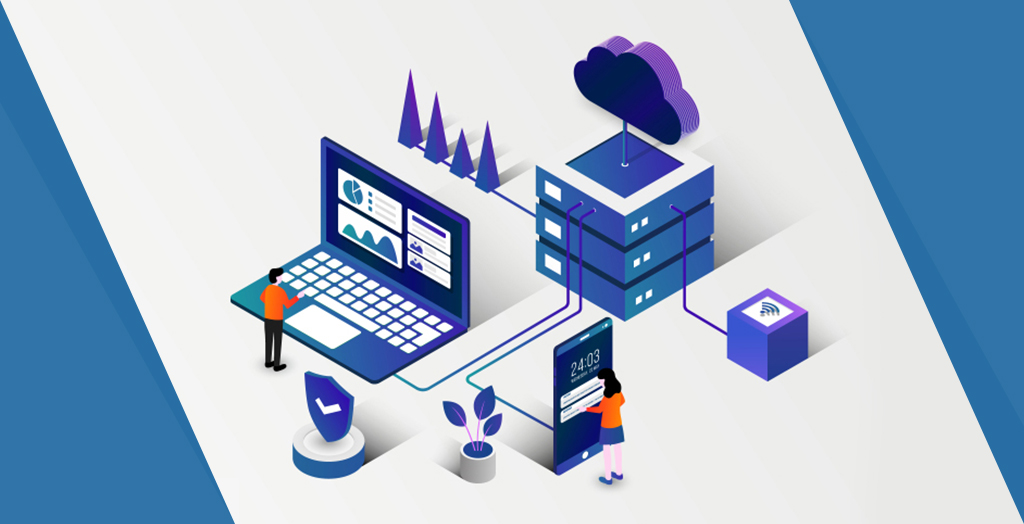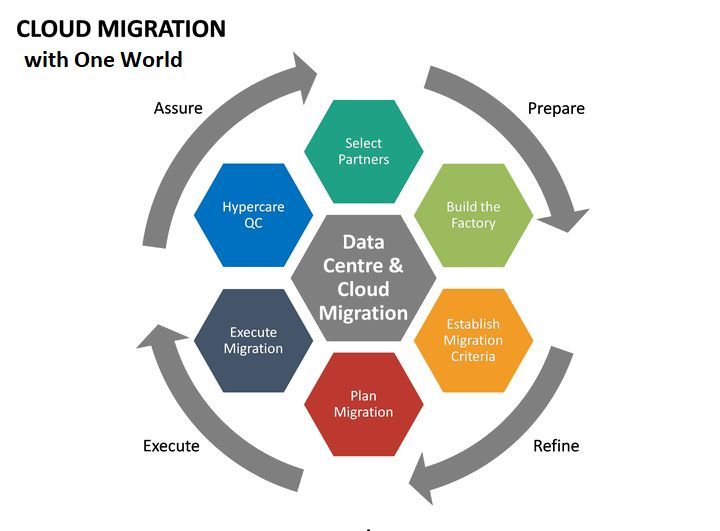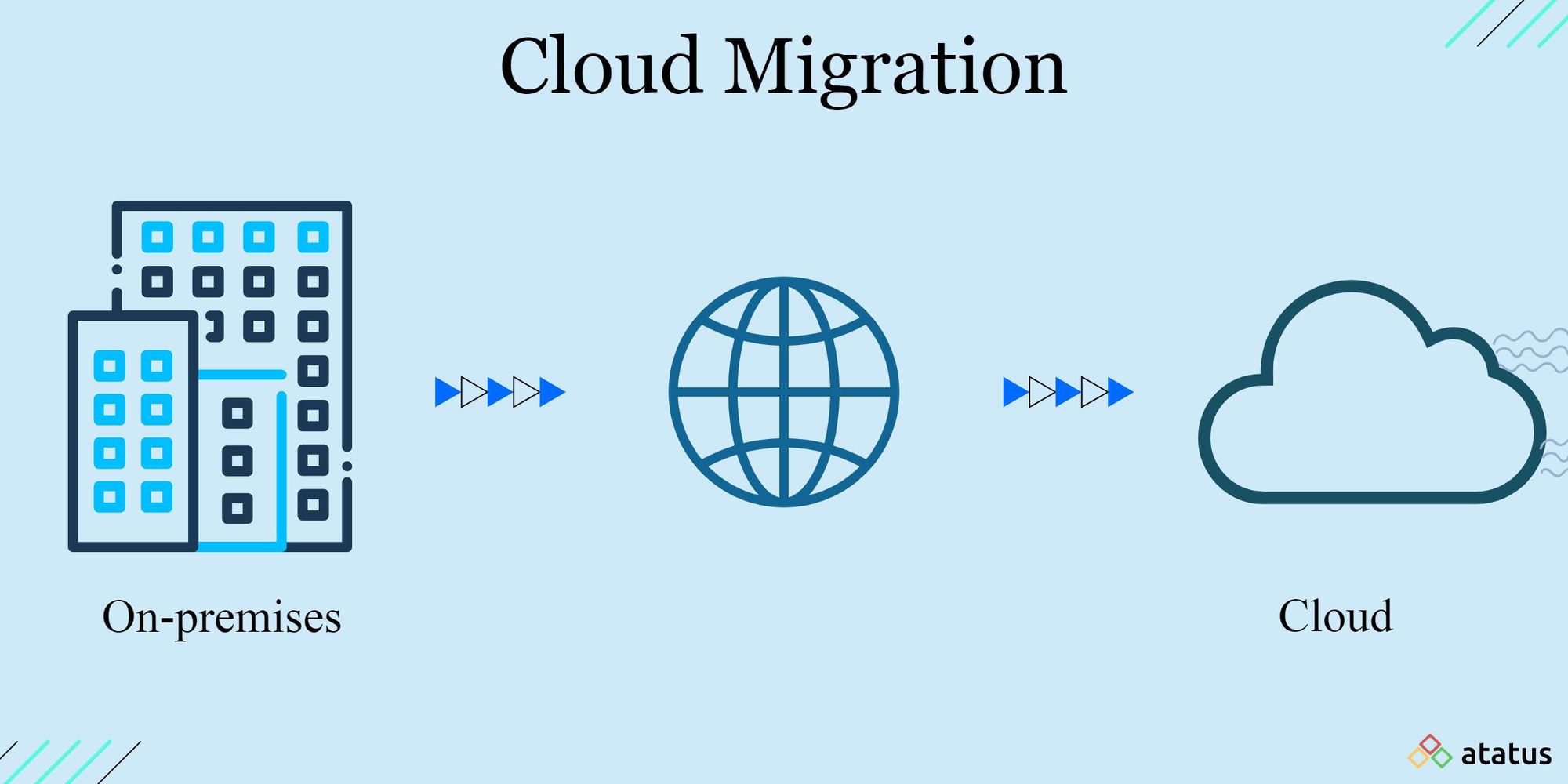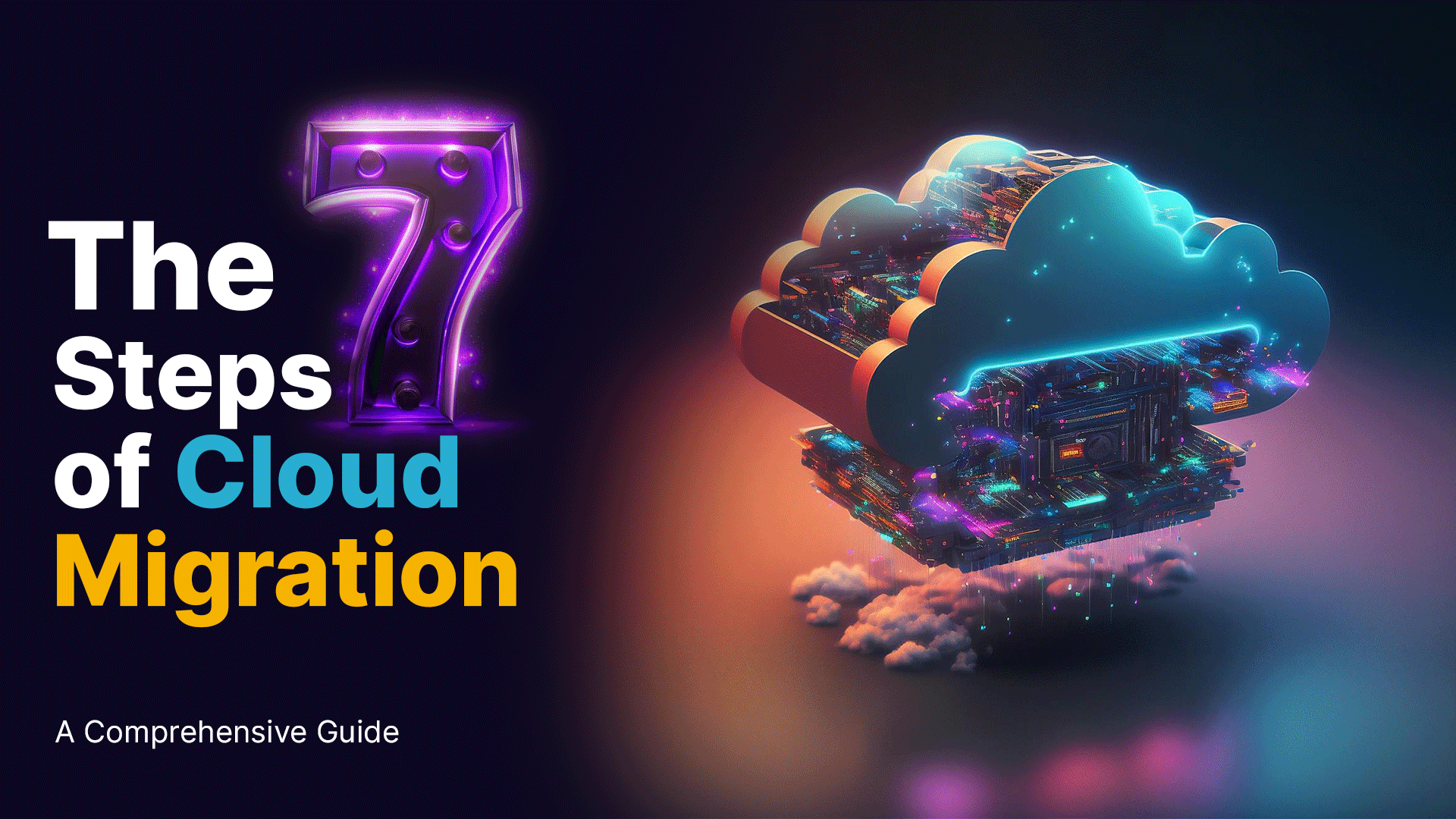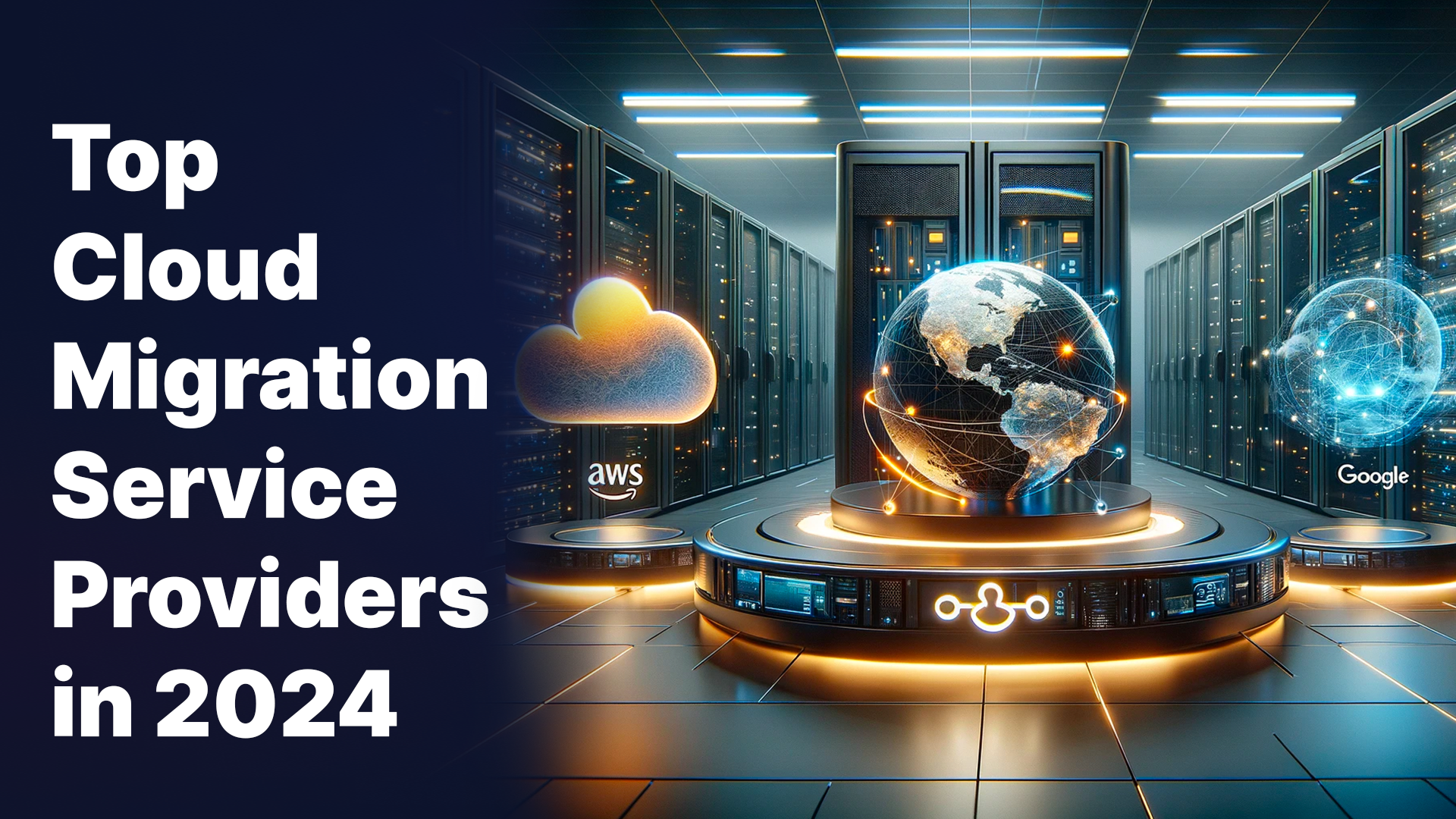How to migrate to cloud services? A Step-By-Step Guide

Introduction
In the modern era of technology, transitioning to cloud services has evolved into an important move for businesses aiming to achieve efficiency, scalability, and security while concurrently curbing expenses. Cloud computing presents many advantages, encompassing heightened flexibility, enhanced accessibility, and augmented collaboration within teams. Nevertheless, the migration to cloud platforms demands continuous strategizing and precise execution to facilitate a seamless shift without interruptions to existing operations. Within this extensive guide, we will discuss the systematic procedure of how to migrate to cloud services.
About Cloud Migration Services
Cloud migration services involve moving from in-house systems to cloud platforms with software, data, and IT functions. This step makes it possible for firms to capitalize on the benefits of cloud computing which includes higher scalability, flexibility, and cost-effectiveness. To successfully migrate, organizations need a plan of action in which their current infrastructure should be evaluated with specific goals chosen among an appropriate cloud model. The process of transferring data and applications to the cloud is facilitated through several methods, approaches, and solutions that enable a smooth migration with minimal disruptions. Using cloud migration services, businesses can enhance their flexibility and streamline processes while staying relevant in the dynamic technology landscape.
Steps on How to migrate to cloud services?
Step 1: Assess your current infrastructure and requirements.
Before diving into cloud migration, it is essential to assess your organization’s current infrastructure, applications, and data requirements. Conduct a thorough inventory of your existing systems including hardware, software applications, and data storage solutions. Identify which applications and workloads are suitable for migration to the cloud based on factors such as performance security compliance and scalability needs.
Step 2: Define Your Cloud Strategy and Objectives.
After comprehensively understanding the complexities of your current setup, outline a strategy and goals for transitioning to cloud services. Evaluate which cloud deployment model (public, private, or hybrid) is perfect to go with your company’s objectives and technological needs. Identify specific targets such as cost reduction, performance improvement, security enhancement, or increased adaptability that you intend to achieve through migration to the cloud. Finally, establish a timeline with a financial plan for executing a seamless transition process.
Step 3: Choose the right cloud service provider.
Choosing the right Cloud Service Provider (CSP) is crucial for a successful cloud migration project. To ensure that you make an informed decision, it is recommended to conduct a thorough evaluation of various CSPs based on factors such as security measures, dependability, performance capabilities, compliance certifications, pricing structures, and quality customer support services. It’s advisable to consider well-established providers like Amazon Web Services (AWS), Microsoft Azure or Google Cloud Platform (GCP), and IBM Cloud while selecting your preferred provider. Ultimately opt for one that aligns most closely with your specific needs and preferences.
Step 4: Develop a Migration Plan and Roadmap.
Generate an elaborate migration strategy and guide outlining the procedures, schedules, and responsibilities involved in the migration process. Divide the migration into manageable stages or phases based on application significance, complexity, and interdependencies. Identify migration priorities, establish testing benchmarks, and outline contingency measures for potential issues or setbacks during migration. Communicate the migration strategy to all stakeholders to ensure synchronization and collaboration.
Step 5: Prepare Your Applications and Data for Migration.
Before transitioning applications and data to cloud infrastructure, it is imperative to ensure thorough preparation and optimization for the cloud environment. This preparation could encompass tasks such as restructuring or redesigning applications to align with cloud standards, resolving interdependencies, adhering to security and compliance prerequisites, and fine-tuning data for seamless transfer and storage efficiency. Excessive testing that includes performance evaluations & compatibility assessments is essential to confirm system readiness before migration.
Step 6: Execute the migration process.
With meticulous preparation and strategic foresight in motion, it’s an opportune time to initiate the migration proceedings. As per the pre-established roadmap, begin by embarking on pilot migrations or dealing with low-risk applications. This will require invaluable experience while preemptively pinpointing any potential hurdles or complexities. To refine and expedite migration-related operations encompassing data transfer, application deployment, and configuration oversight leverage automation tools and bespoke scripts. Throughout this process maintain a vigilant watch over progression; meticulously track vital metrics such that you can promptly remediate identified issues to uphold the trajectory towards a seamless migration endeavor.
Step 7: Conduct Testing and Validation.
Once the transition of applications and data to cloud infrastructure is completed, it is important to conduct comprehensive testing and validation to confirm seamless functionality. This includes a variety of tests such as functional testing, performance assessment, security evaluation, and user acceptance testing (UAT). These tests are designed to verify system integrity, benchmark performance metrics and evaluate user experience within the cloud ecosystem. Any issues or bottlenecks discovered during these tests must be promptly resolved through optimization measures including tuning procedures.
Step 08: Implement cloud security and compliance measures.
Security and adherence to regulations are crucial when navigating the cloud environment. It is necessary to deploy strong security protocols such as access restrictions, encryption, network fortifications, and surveillance systems to safeguard your data and software from potential risks and exploits. You must maintain compliance with pertinent industry guidelines like GDPR, HIPAA, and PCI DSS that relate specifically to your operations. This will ensure protection against hazards. You should stay proactive by continuously revising and enhancing security protocols regularly along with practices that can considerably help counter emerging threats effectively.
Step 9: Train and Educate Your Teams
Deliver comprehensive training and educational sessions to your workforce that includes IT personnel, software developers, and end-users. The focus of the training should be on proficient and secure utilization of cloud services. Equip them with insights into optimal cloud practices, governance protocols, expense oversight methodologies as well as diagnostic approaches. Foster a culture of continuous learning for competency enhancement so that complete capabilities offered by cloud technologies can be harnessed effectively.
Step 10 – Optimize and Manage Your Cloud Environment
After completing the migration process, you should focus on enhancing and overseeing your cloud infrastructure to ensure continual efficiency, top-notch performance, and cost-effectiveness. You can use cutting-edge cloud management tools and sophisticated analytics to keep a close eye on resource utilization patterns. Fine-tune workloads for optimal performance; exercise prudent cost management strategies such as resizing instances appropriately. When feasible deploy auto-scaling mechanisms; take advantage of reserved or spot instances. Periodic evaluations and refinements must be conducted for your cloud architecture in alignment with evolving business demands and technological advancements so that you stay ahead of the curve.
Conclusion:
In conclusion, For present businesses who are looking to improve operational efficiency, scalability, and security while managing costs effectively, migrating towards cloud services is a strategic necessity. The step-by-step guide provided outlines a systematic approach to how to migrate to cloud services that includes critical elements such as evaluating infrastructure, formulating cloud strategies, selecting suitable service providers, planning migrations, and preparing applications and data. It also covers execution testing methods like security measures and team training along with constant optimization. Compliance with these structured guidelines alongside industry standards enables organizations to navigate through the intricacies of clouds adeptly empowering them to harness the benefits of computing in staying competitive within today’s ever-evolving digital environment.
